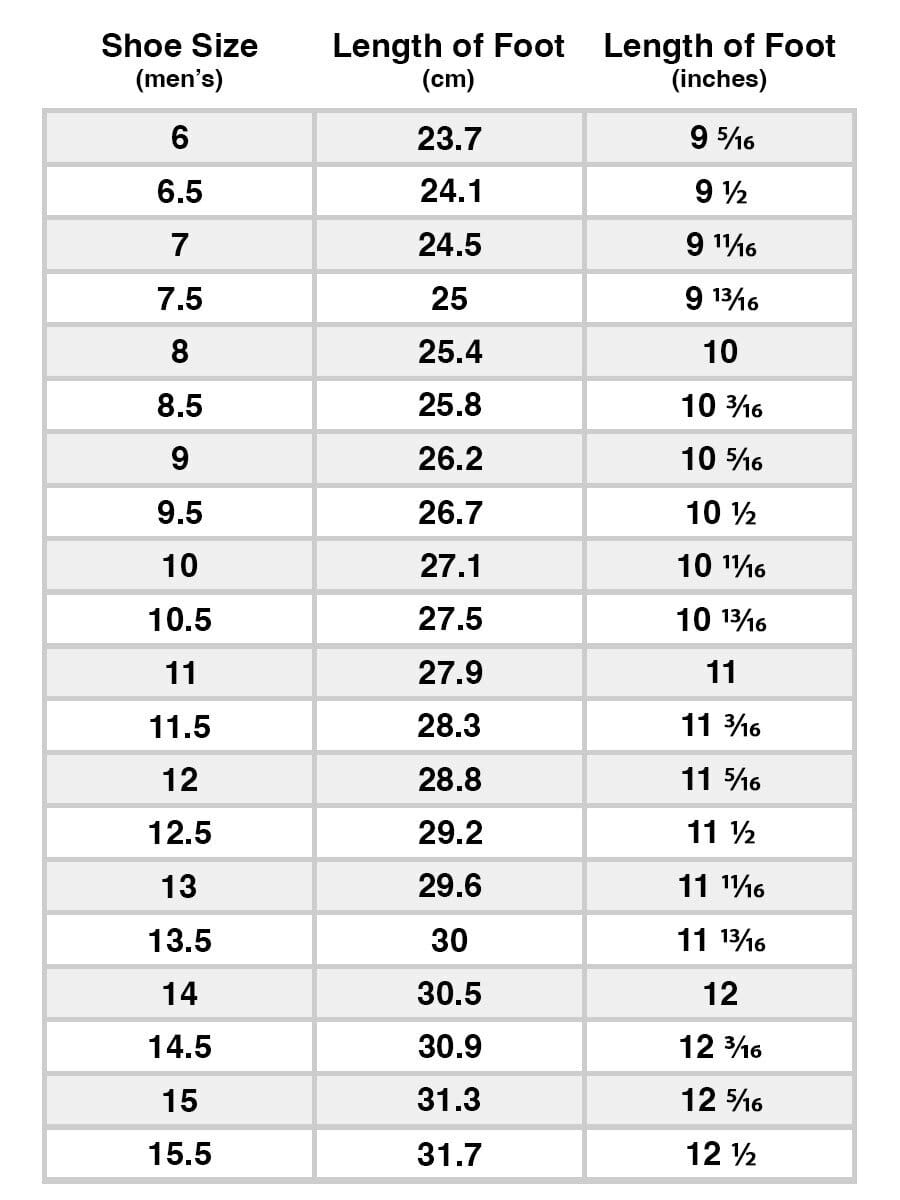Ultimate Guide to US Shoe Size Conversion to AUS for Parents
Hey there, fantastic parents! Finding the perfect shoe size for your little one is no small feat—pun intended! Whether you’re shopping for the first day of school, gearing up for sports, or simply hunting for those cute booties, understanding US to AUS shoe size conversion is paramount to ensure your child’s comfort and foot health. In this comprehensive guide, we’ll help you master the mysteries of shoe sizing, making shopping a breeze, even from across the ocean. Ready to become a shoe sizing superstar? Let’s dive in!
Why Size Conversion is Important
While the joy of parenting knows no borders, shoe sizes seem to have a passport of their own. A size 8 in the United States isn’t the same as a size 8 in Australia. When children are involved, the importance of a proper fit becomes even more pronounced, as their little feet grow faster than a speeding bullet! A poor fit can lead to discomfort, blisters, or even developmental issues. That’s why understanding size conversion is your secret weapon for happy feet!
Understanding the Conversion Chart
A conversion chart is your best friend when it comes to transposing US shoe sizes to their Aussie counterparts. To save you from any sizeable confusion, we’ll break down these charts and explain how you can use them to convert sizes like a pro.
Typically, you’ll notice that Australian children’s sizes are approximately two sizes smaller than their US equivalents. For example, a US size 10 might correspond to an AUS size 8. However, keep in mind that each brand may have slight variations, so always double-check if a brand-specific chart is available.
General US to AUS Shoe Size Conversion Chart for Kids
| US Size | AUS Size | Foot Length (inches) | Foot Length (cm) |
|---|---|---|---|
| 7 | 5-5.5 | 5.75 | 14.6 |
Note: The table above is a general guide and may not reflect all footwear brands. Always refer to the manufacturer’s size chart when available.
Measuring Your Child’s Feet at Home
Before you start converting sizes, it’s essential to measure your child’s feet accurately. Here’s a surefire way to do that at home:
- Gather your materials: a piece of paper, a pencil, and a ruler or measuring tape.
- Place the paper on a hard surface and ensure your child is standing firmly on it with equal weight on both feet.
- Trace the outline of both feet. It’s often said that no two feet are precisely alike, so by tracing both, you’ll make sure you’re catering to the larger one.
- Use your ruler or measuring tape to measure from the heel to the longest toe. This is your child’s foot length.
- Add approximately 1/4 inch or 0.6 cm to this measurement to ensure some growing room.
- Once you have the foot length, refer back to your conversion chart, and voilà! You’ll have the AUS size you need.
Be sure to measure your child’s feet every few months as they can grow fast, and shoe sizes can change quicker than you realize. Regular checks will ensure you’re always on top of their current size. And remember, when in doubt, heading to a shoe store for a professional measurement is always a solid step.
Shopping for kids’ shoes can sometimes feel like trying to solve a Rubik’s Cube, but with this guide in hand, you’re well on your way to becoming an expert in US shoe size to AUS conversion. With a few simple steps, you can ensure that your little one’s feet are snug, supported, and ready to take on any adventure that awaits!
Stay tuned as we delve deeper into tips for buying shoes online, understanding width sizes, and navigating brand-specific variations. By the end of this guide, you’ll be able to confidently shop for your child’s shoes, no matter where you or the shoes are in the world. Happy shoe-hunting!

5 Key Things Parents Should Know for US to AUS Shoe Size Conversion
1. Always Check for Brand-Specific Sizing
One crucial thing to keep in mind is that sizing can vary significantly between different footwear brands. What may be considered a size 8 in one brand could be a size 7.5 or 8.5 in another. Therefore, it is essential to look at the sizing chart provided by the shoe brand you’re interested in buying from. Brand-specific charts take into account the unique design and fit of their shoes, which means a better fit for your child’s feet.
2. Account for Sock Thickness
When you’re measuring your child’s feet and comparing sizes on conversion charts, don’t forget to think about the thickness of the socks they’ll be wearing with the shoes. Thicker socks for winter boots or sports shoes might require a slightly larger size, so it’s something to keep in mind during the conversion process.
3. Growth Spurts Can Change Shoe Sizes Quickly
Kids’ feet grow at warp speed! A shoe size that was perfect a month ago can become tight and uncomfortable almost overnight. Keep regular tabs on your child’s foot growth, especially during their peak growth periods. This will save you money and prevent your child from wearing shoes that are too small, which could impede proper foot development.
4. The Importance of Good Fit Over Size Numbers
While size numbers are a helpful guide, the best fit for your child’s feet might not always match the number you’ve calculated. Pay attention to signs of a good fit, such as a thumb’s width of space from the longest toe to the front of the shoe, and ensuring that there’s a little wiggle room but not too much slippage at the heel.
5. Understanding the Differences Between Boys’ and Girls’ Shoe Sizes
In some cases, you will find that there are variations in shoe size charts for boys and girls. Often this difference starts to appear when children are approaching their teenage years. It’s important to check the appropriate chart related to gender for older children to ensure you’re getting the most accurate size conversion for your child.
Tips for Buying Shoes Online
Buying shoes without trying them on can feel like a tricky affair. However, with the right preparation, you can shop online with confidence. Here are some golden nuggets of advice:
- Use Reviews to Your Advantage: Customer reviews are often filled with helpful information regarding sizing and fit. Parents will usually mention if shoes run big or small, which can help you make a better decision.
- Understand Return Policies: Before you click ‘buy,’ make sure you understand the return policies. Knowing that you can return ill-fitting shoes without a hassle can take the stress out of online shopping.
- Measure More than Length: While length is the most crucial factor, considering the width and arch of your child’s foot can also impact fit. Search for brands that offer wide or narrow options if your child’s feet require them.
Applying the methods and considerations in this comprehensive guide, you’re now armed with all the know-how you need for hassle-free US to AUS shoe size conversions. Now, go forth and conquer the vast world of children’s footwear with confidence and ease!
For more great articles please see here. For more information see here
Disclaimer
The articles available via our website provide general information only and we strongly urge readers to exercise caution and conduct their own thorough research and fact-checking. The information presented should not be taken as absolute truth, and, to the maximum extent permitted by law, we will not be held liable for any inaccuracies or errors in the content. It is essential for individuals to independently verify and validate the information before making any decisions or taking any actions based on the articles.




